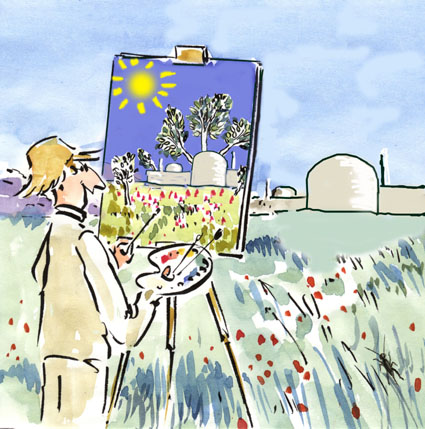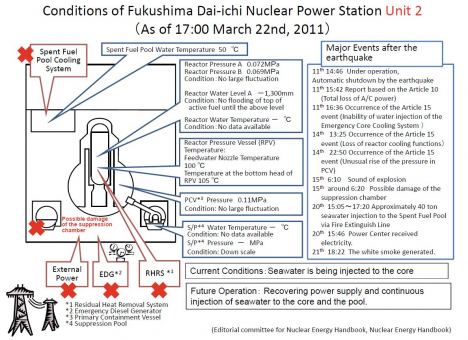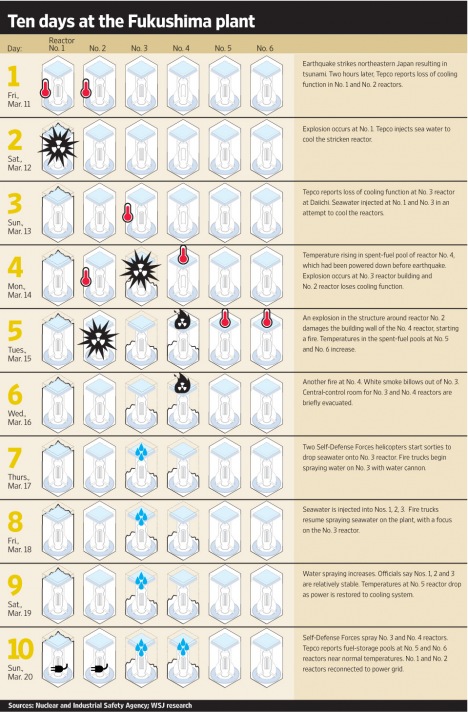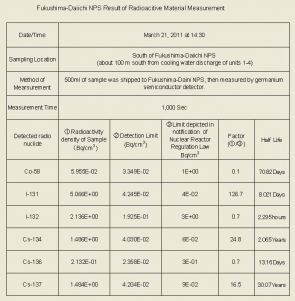A few weeks ago, Haydon Manning passed me an interesting book from the more dusty section of his shelf. It was called “Nuclear Power for Beginners“, and the edition I have was published in 1978. (If you do a bit of searching, you can still find old copies for purchase). If you’ve read this post from 2010: From nuclear sceptic to convert, you’ll know that Haydon was himself once anti-nuclear, but has since been convinced of the need for nuclear power. So I guess that when he bought this book, its contents aligned very much with his views (and those of the majority of environmentalists of the time). Like me, however, Haydon is now off the Christmas card list of Friends of the Earth!
Here is the book’s cover, freshly snapped from my iPhone (with the $2 price tag still clear):
Apparently, it was first published as “The Anti-Nuclear Handbook” but was then re-titled to fit with the popular “For Beginners” series. The cover says it all really — a death’s head in the word “Power”, the black and gloomy background vista, the corporate polluter with a nuclear power plant on his head, and the bright ALTERNATIVES! (with a happy, smiling sun).
It’s worth reading books like this to get a perspective on the roots of anti-nuclear activism, and to reflect on what, if anything, has changed. The best thing I can say about the book is that the format is great — cartoon books are terrific at explaining complex topics to a lay audience. (I also really like this series). Maybe I need to collaborate with an illustrator to write the new version…
The book covers all of the core anti-nuclear arguments — power plants are unsafe (and remember, this was published before Three Mile Island, Chernobyl or Fukushima — so they relied on Windscale, Chalk River, SL-1 etc. and good old speculation), nuclear waste is intractable, the risk of weapons proliferation is enormous and growing, fast breeder reactors just make everything worse (and are theoretical anyway), and so on. But it’s the conclusion that interests me in particular, especially in the context of the arguments being presented by commenters in the Energy debates in Wonderland thread.
A succinct summary of the core argument of the book is given on p46:
Filed under: Future, Nuclear | 164 Comments »






.png)
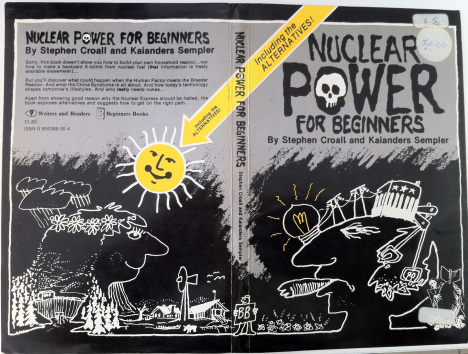
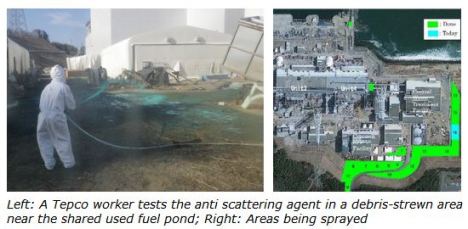
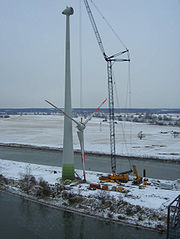
 March Hare (to Alice): Have some wine.
March Hare (to Alice): Have some wine.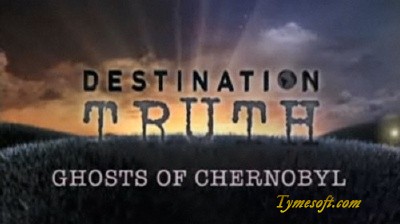

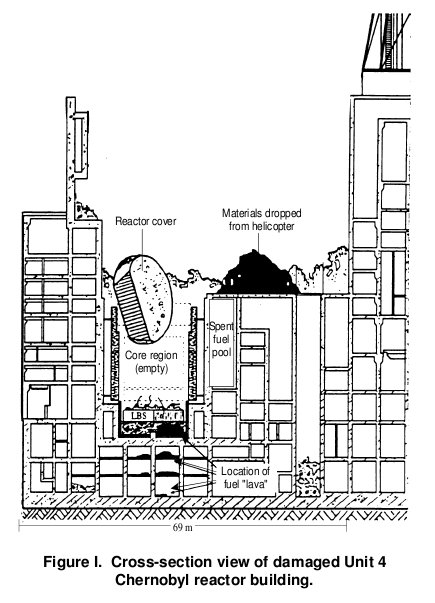
 The Open Thread is a general discussion forum, where you can talk about whatever you like — there is nothing ‘off topic’ here — within reason (see Note below). So get up on your soap box! The standard
The Open Thread is a general discussion forum, where you can talk about whatever you like — there is nothing ‘off topic’ here — within reason (see Note below). So get up on your soap box! The standard 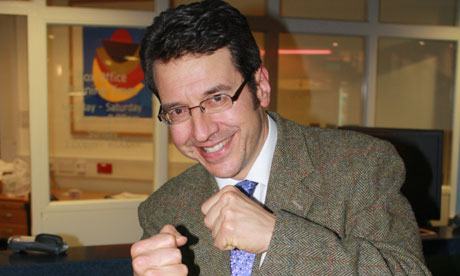
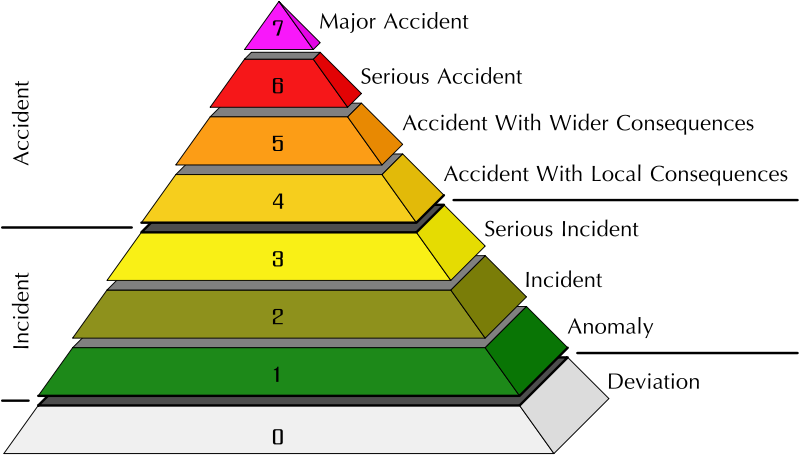
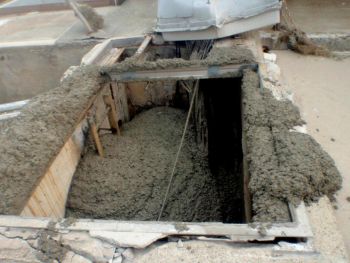
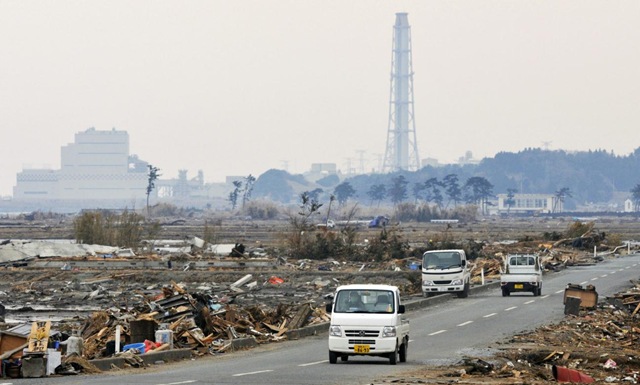
 Below is the second piece published on BNC on the lessons learned from the Fukushima Daiichi nuclear crisis. For an earlier perspective, see:
Below is the second piece published on BNC on the lessons learned from the Fukushima Daiichi nuclear crisis. For an earlier perspective, see: 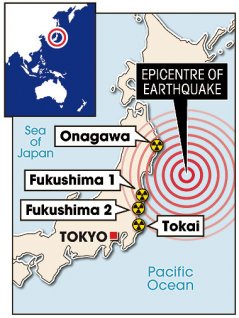
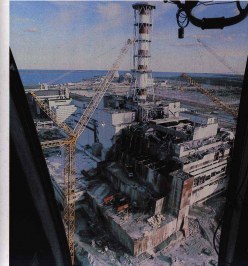

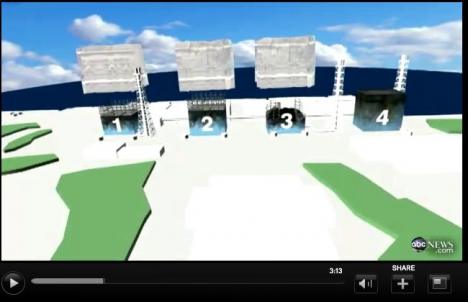
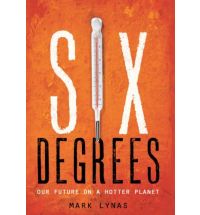

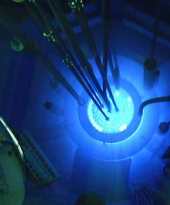
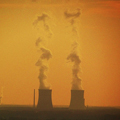
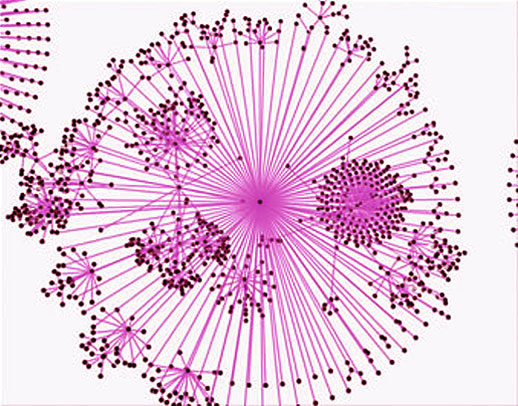

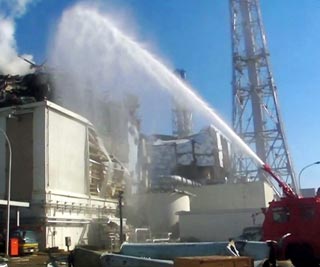 The
The 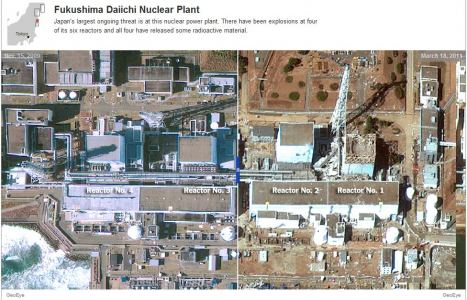
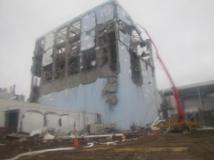
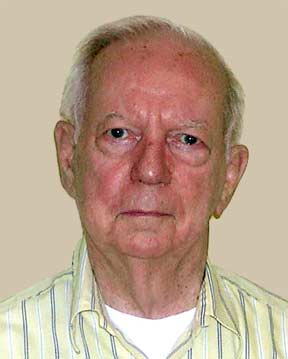
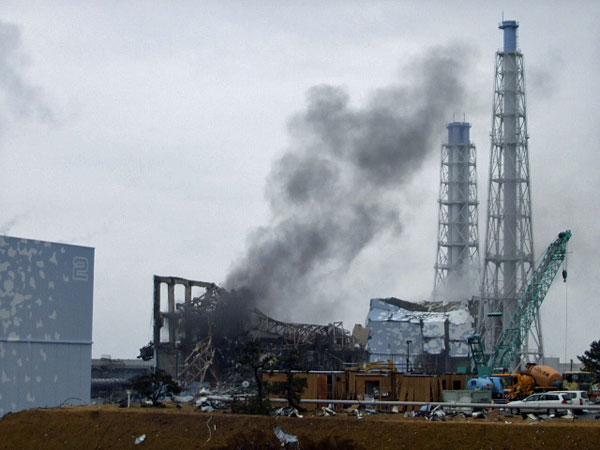 It is important to put the consequences of this event in context. This was not a disaster (the earthquake and tsunami were disasters). This was not an accident; the plant experienced a natural event (“Act of God” in insurance parlance) far beyond what it was designed for. Based on the evidence available today, it can be stated with confidence that no one will have suffered any identifiable radiation-related heath effects from this event. A few of the operators may have received a high enough dose of radiation to have a slight statistical increase in their long term risk of developing cancer, but I would place the number at no more than 10 to 50. None of the reports suggest that any person will have received a dose approaching one Sievert, which would imply immediate health effects.
It is important to put the consequences of this event in context. This was not a disaster (the earthquake and tsunami were disasters). This was not an accident; the plant experienced a natural event (“Act of God” in insurance parlance) far beyond what it was designed for. Based on the evidence available today, it can be stated with confidence that no one will have suffered any identifiable radiation-related heath effects from this event. A few of the operators may have received a high enough dose of radiation to have a slight statistical increase in their long term risk of developing cancer, but I would place the number at no more than 10 to 50. None of the reports suggest that any person will have received a dose approaching one Sievert, which would imply immediate health effects.